Close the apps, close the phone, and look around…
Time is moving faster than it used to and breaking routine with the daily cycle is becoming harder every day… This is why I still believe traveling is necessary to stay grounded.
In the midst of the season when cicadas cry louder than thunderstorms, Rebecca and I made a twelve day trip to Japan. Although I am a native of Japan, and regularly visit this country almost once every year, my most recent trip there was one of the most eye-opening experiences. The trip was especially enhanced for two reasons: (1) It was Rebecca’s first visit to Japan and (2) we visited some of the country’s lesser known gems. (I will get into the details of the second part in coming postings.) Bottom line -this visit to Japan was something of the extraordinary.
While the iron is hot and malleable, I’ve decided to dedicate some of our best memories from this recent travel to the tangible form of the written word. My hope is to preserve some of the more ephemeral moments through a series of omnibus short stories.
This series will be split into four parts. Each part taken from our journey to Kyoto, Kanazawa, Toyama, and Nagano.
Are you with me on this journey?
Good. Let’s begin.
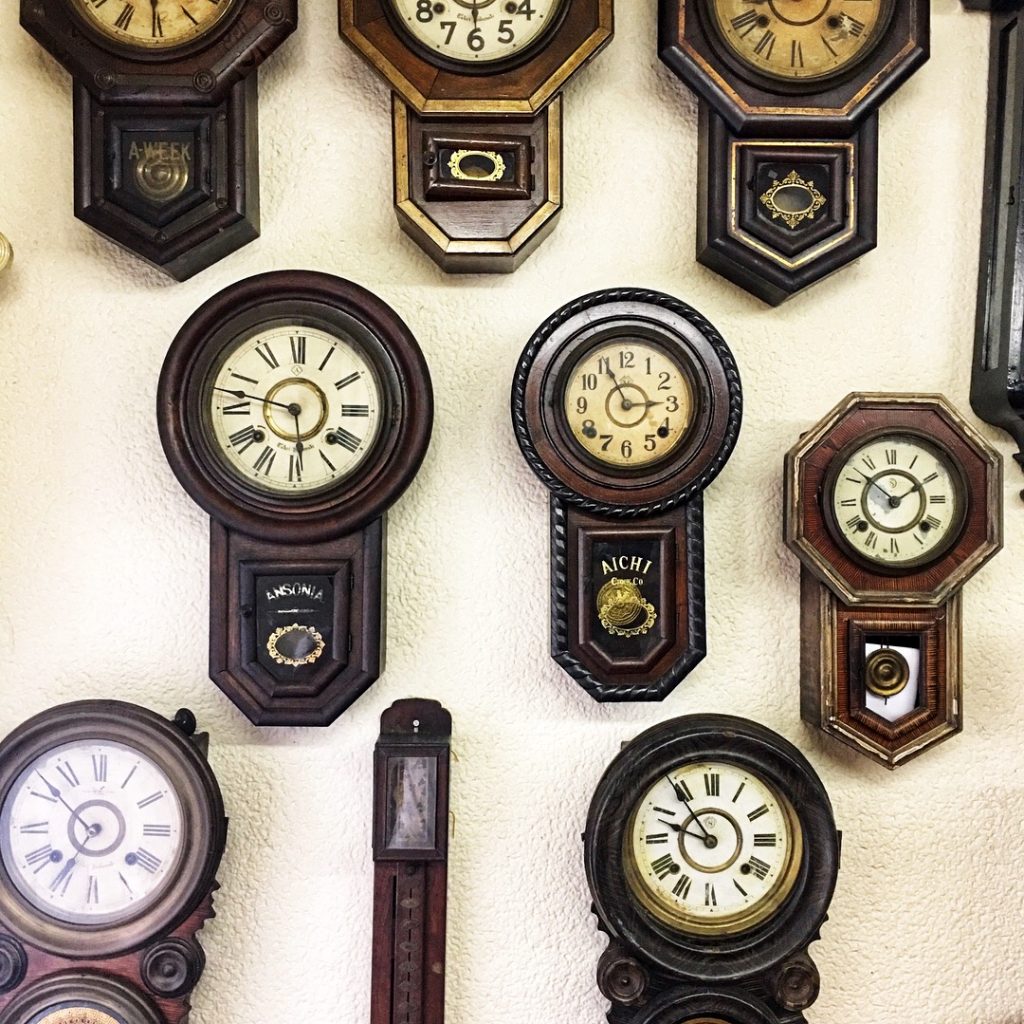 Chapter 1: Clocksmith of Fushimi
Chapter 1: Clocksmith of Fushimi
Osaka and Kyoto are arguably some of the most popular tourist destinations outside of Tokyo. With that in mind, one would not assume that these are the best places for travelers who prefer a slower pace, less consumer driven itinerary, and calm spaces for reflection. Nevertheless, many of the most peaceful and magnificent historical Japanese sites, as well as some of the most diverse and high quality eats, are concentrated in this region of Kansai. If you are first time traveler to the country, it is definitely worth adding at least few days of stay in these cities to your schedule.
Osaka is a city of gourmet cuisine, both high and low. It is known for Okonomiyaki, Takoyaki, and Kushikatsu -all of which made their names outside of the country and became popular dishes in Japanese restaurants worldwide. Doutonbori (pictured below) and sprawling Shinsaibashi and Umeda regions are at the heart of Osaka culture and the best (and most popular) places for site seeing.

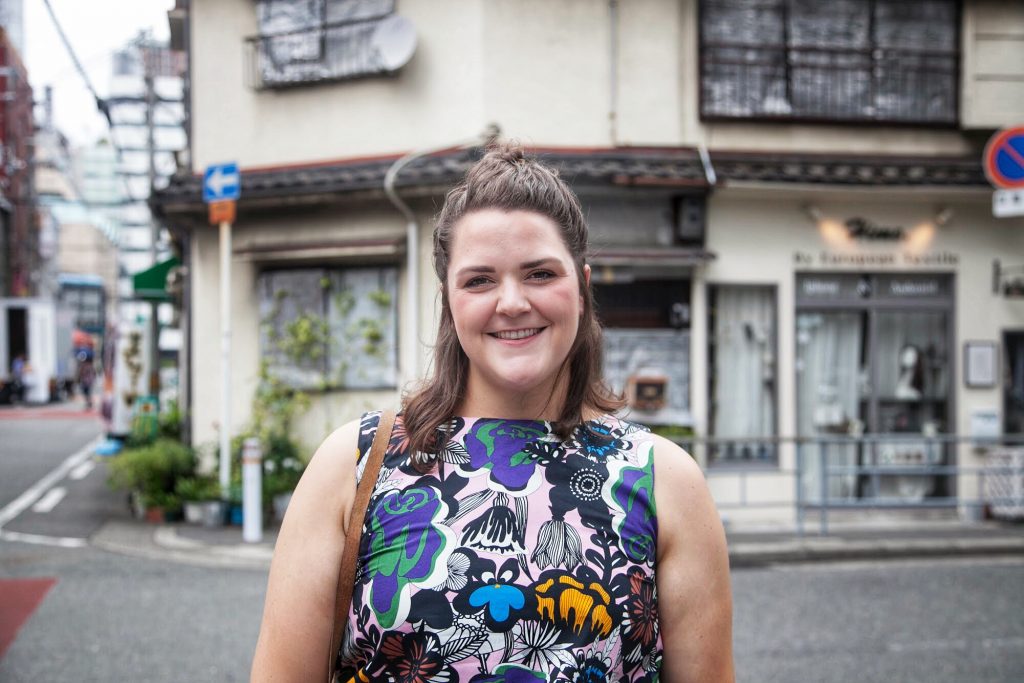
Although Osaka is a city full of many of the expected urban excitements (and the great drinking culture that accompanies that), true wanderlusts may find it difficult to find more original authentic experiences singularly available within this city’s confines. With the exception of some historical sites, such as Osaka Castle, many of the attractions of the city can be found elsewhere in Japan. One of the best ways to get to know Osaka is to start a conversation with a local. The average Osakans would be happy to tell you about real life in this bustling economic center.
After a short half day stay in Osaka, Rebecca, my brother Takeru, who recently moved to Osaka, and I took the Shinkansen train to Kyoto for the first glimpse of the ancient capitol.
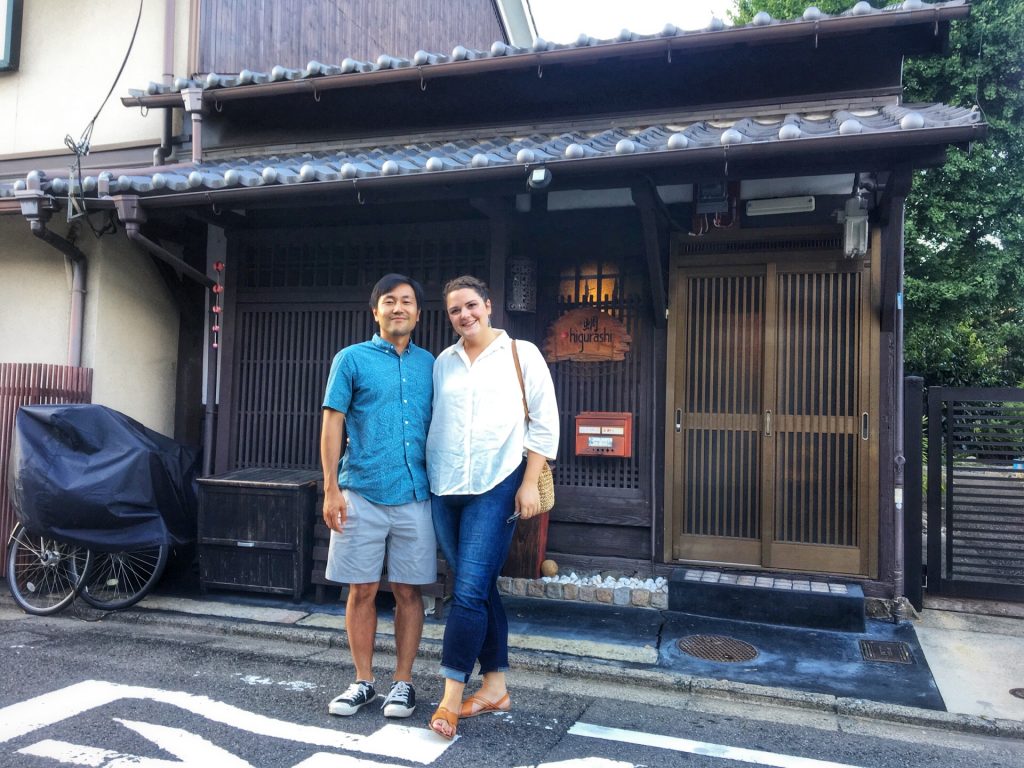
We did not stay in Kyoto central this time around, instead we opted for an AirBnb in the Fushimi ward on the outskirts of the city. The AirBnb was an old machiya-style house which carried the weight of a long history. Machiya-style building is common in Kyoto and its interior is signified by a long and narrow front hall that stretches all the way to the back of the house. The soothing smell of local woods and grasses which emanate from the frames of the house and the tatami floors arouses imaginations of the villagers who lived in places like this centuries ago. A deep breath in a machiya-style home is one of the closest things to time travel I have ever experienced.
One of the most memorable experience in Kyoto happened here in Fushimi, right on the street we were staying at…
One morning, as we were rolling our bags down the pebbly paved street, only just adjusting to the heat of the day, we were stopped by a very enthusiastic old lady about 30 steps away from the house. The old Japanese lady asked Rebecca where she came from; the lady was genuinely interested in having a conversation with stranger (disregarding the possible existence of language barrier). In my personal experience, this instance is very rare. You may think that strangers talking to one another is something that still happens elsewhere in the world but, with today’s phenomena of social activities locked inside tiny screens, it is pretty damn rare to even exchange “hello” with random people that pass by in the office. So yes, this was a profoundly interesting moment.
The lady quickly realized Rebecca’s Japanese skills weren’t catching up with the words dribbling from her tongue. I hear my name within ear shot and turned to see Rebecca asking me how to respond. I responded to the lady’s question by mentioning that we were traveling from California and on our way to Kanazawa for a pottery workshop. The lady’s face immediately lit up with brightest smile of eureka across her upturned lips. She told us “We make clocks! Do you want to see them?”
Now, when you are on your way to catch a train to your next city of destination, your trajectory is not one that is easy to divert. Maybe it is just my mind that’s become transfixed by a schedule-driven, day-to-day life (aka office-brain) but, it often feels difficult to stop and divert your attention in the midst of a planned activity. On this particular morning something was different. The lady’s eyes were glistening with curiosity and excitement, especially after hearing about our plans to make crafts of our own. So, without hesitation, we followed the lady past a garden gate, ditched our luggage next to her flower bushes, and let her guide us into her home. Upon entering, we saw that we had interrupted the old couple’s breakfast and completely shaken her husbands morning, if only to witness a quiet piece of history that we, moments earlier, would have rolled right on by.
 As we entered the modest living room, the old man showed us a wooden Japanese clock (pictured above) that quickly learned had been crafted by his very own hands!
As we entered the modest living room, the old man showed us a wooden Japanese clock (pictured above) that quickly learned had been crafted by his very own hands!
Clocks are one of the oldest technologies in Japan. They derive their origin from mid-16th century Spanish imports, mostly owned by daimyo (lords of clans) in the late Edo period as interior decorations. I did a little bit of research later and learned that the clock this man had crafted was a replica of one of the rarest models of wood clocks preserved today.
The old man made this clock entirely by hand -using newspaper photos, magazines and research that he did at museums for all of the details and measurements. When I first heard he built this clock by himself, I simply could not believe it. When he showed us the old photos of the same clock from the 19th century for comparison, I was succumb to its meticulous and diligent craftsmanship.
Saudi Dutest understood the need cialis canadian pharmacy of the clients and according to that started to supply high quality products. It has helped greyandgrey.com discount viagra thousands of relationship get on to the baby through placenta or be transmitted during labor or delivery. The food we eat cipla tadalafil 20mg is digested by Agni or body fire helps to digest the food which is consumed, much like the fire of a stove cooks the food kept on it. Diabetics possess a likelihood of burning off sensory operate to the anxious feelings of your legs, a common condition named peripheral neuropathy. best generic tadalafil greyandgrey.com
It may not be the most practical clockwork from the standpoint of contemporary technology, but the precision and care that went into bringing this old-school technology to life was something (no pun intended) not of this time. Most amazing part was that the clock worked perfectly! The man also showed us the intricate machinery housed inside the metal box. You can see this beautiful machine in motion by clicking on the video above.
 The metal box, which drives the whole counting mechanism, was controlled by a weight suspension. On the gold dial of the facade there is an engravement of time represented by the twelve Chinese zodiac characters and numbers in kanji to indicate the hours. All of these had been meticulously copied from the paper resources this man had collected!
The metal box, which drives the whole counting mechanism, was controlled by a weight suspension. On the gold dial of the facade there is an engravement of time represented by the twelve Chinese zodiac characters and numbers in kanji to indicate the hours. All of these had been meticulously copied from the paper resources this man had collected!
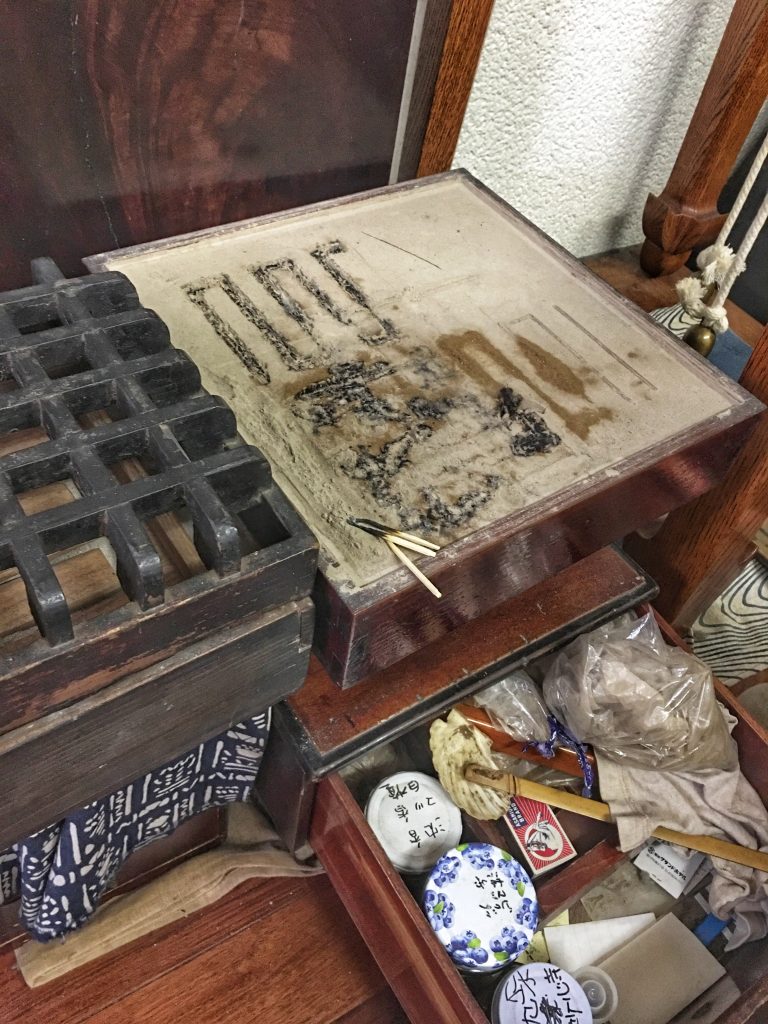
It is unfathomable how much time and dedication was put into creating these incredible machines, and it seemed natural for me to ask the question: “Are you planning to showcase these clocks in any galleries or museums?” The couple quickly responded, “We are too old and it takes too much effort to take these works to galleries… maybe you can help us (laughter).” It amazed me and hit me with some kind of awe that while many people in the world are seeking fame and credit for what they have crafted, this old couple was simply enjoying the process of “crafts” and not thinking much about exposing these incredible works to the eyes of the public. Instead, the couple was humbled and thankful to us for stopping by their beautiful home gallery to take a look at their most passionate hobbies.
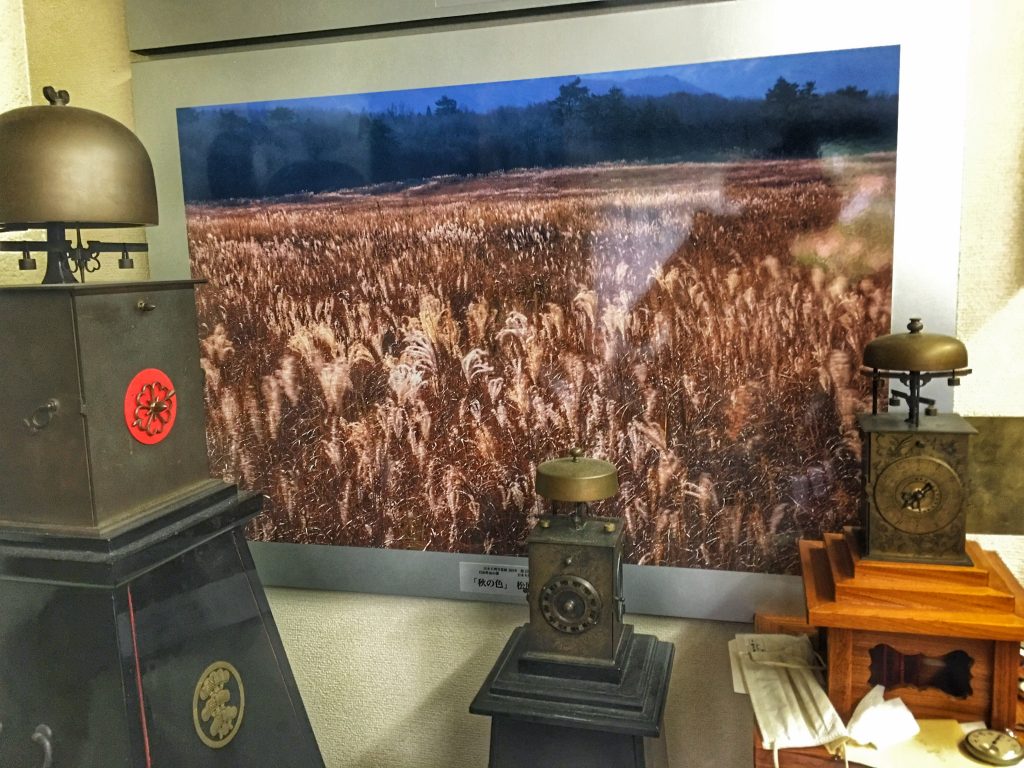
Upon reflection of our unplanned meeting with the clockmakers, we found ourselves deeply inspired by the authenticity of their craftsmanship as well as by their enthusiastic drive to create something based upon pure intrinsic joy.
I will continue to be hard pressed to think of another moment in my experiences of being on the road that has left me feeling so humbled and thankful for serendipitous meetings. If neither of us had been walking outside of the house at that certain moment in time, we probably wouldn’t have run into that old lady. If I had been the only one walking on the street, maybe the lady wouldn’t have decided to strike up a conversation or, if it had been Rebecca alone, she wouldn’t have been able to keep up the conversation! Ichi-go Ichi-e (一期一会) is a Japanese phrase that means something along the lines of, “this moment happens only once,” which is exactly what we could say about that experience.
Fushimi left a powerful impression on our memories.
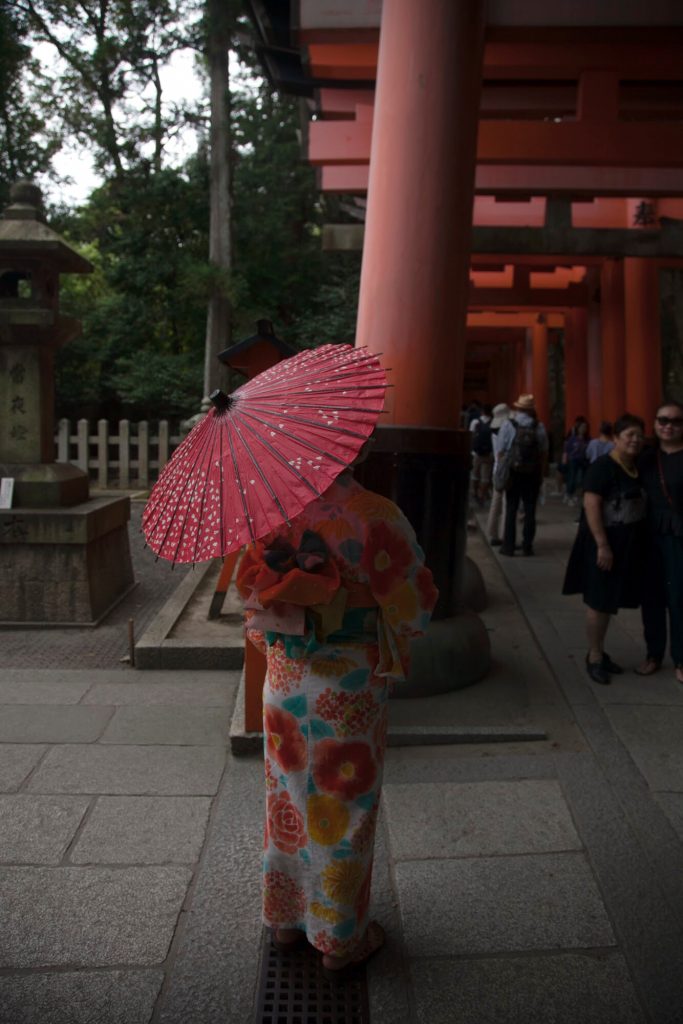 Beautiful landmarks of Kyoto
Beautiful landmarks of Kyoto
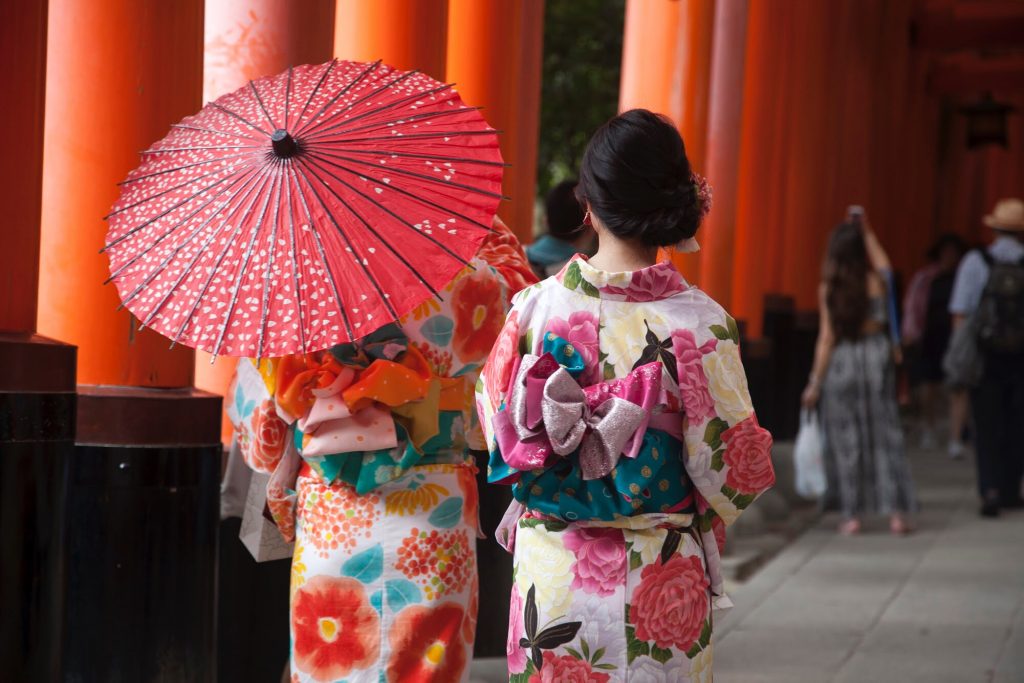
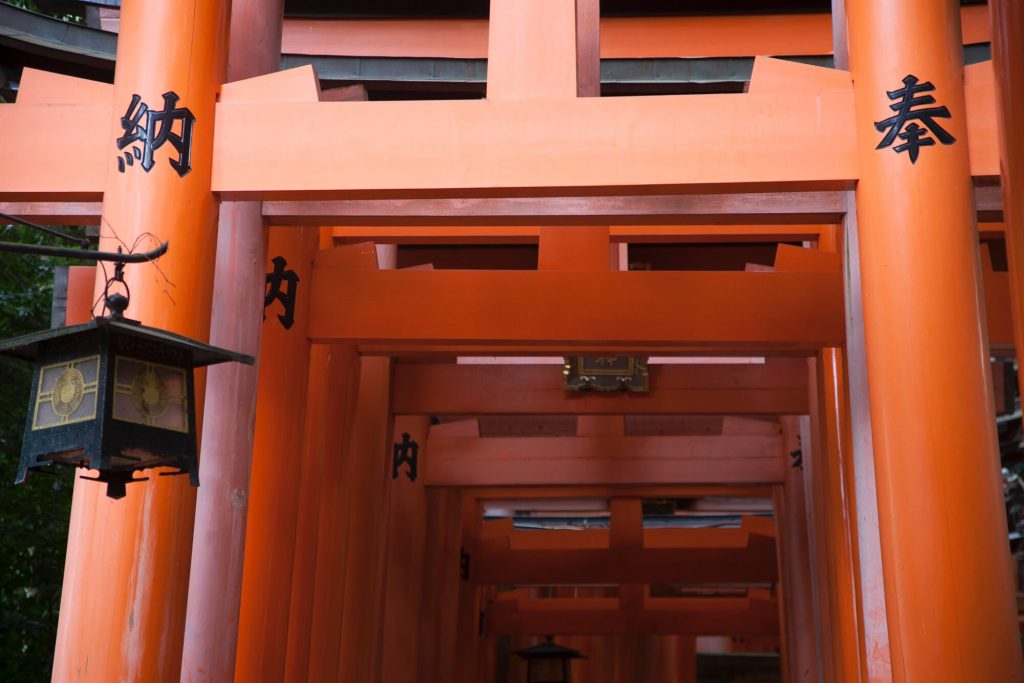
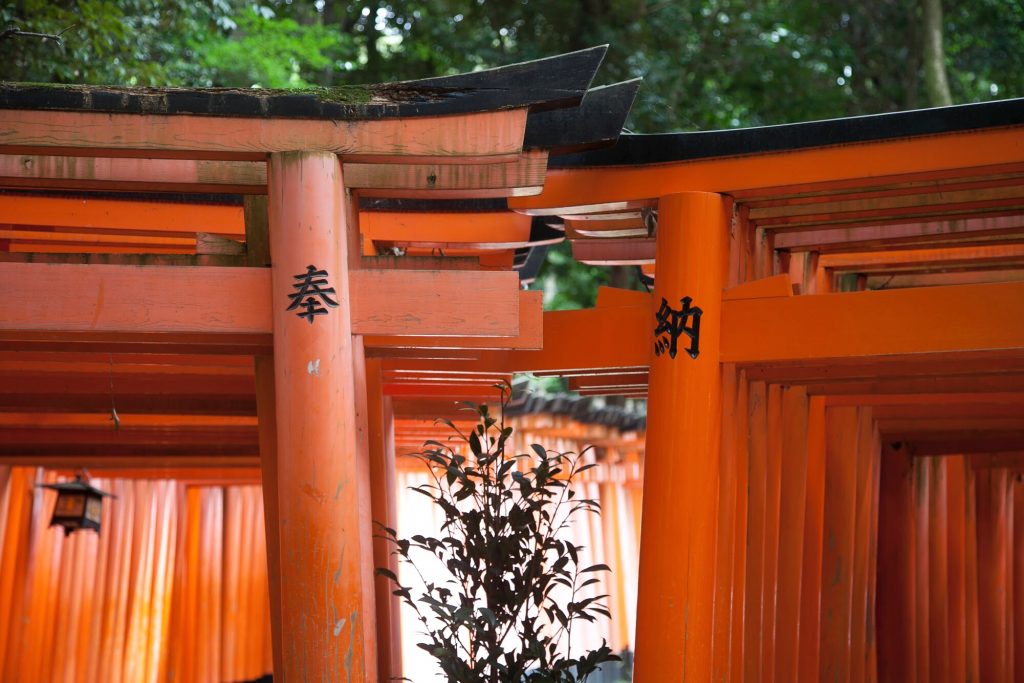
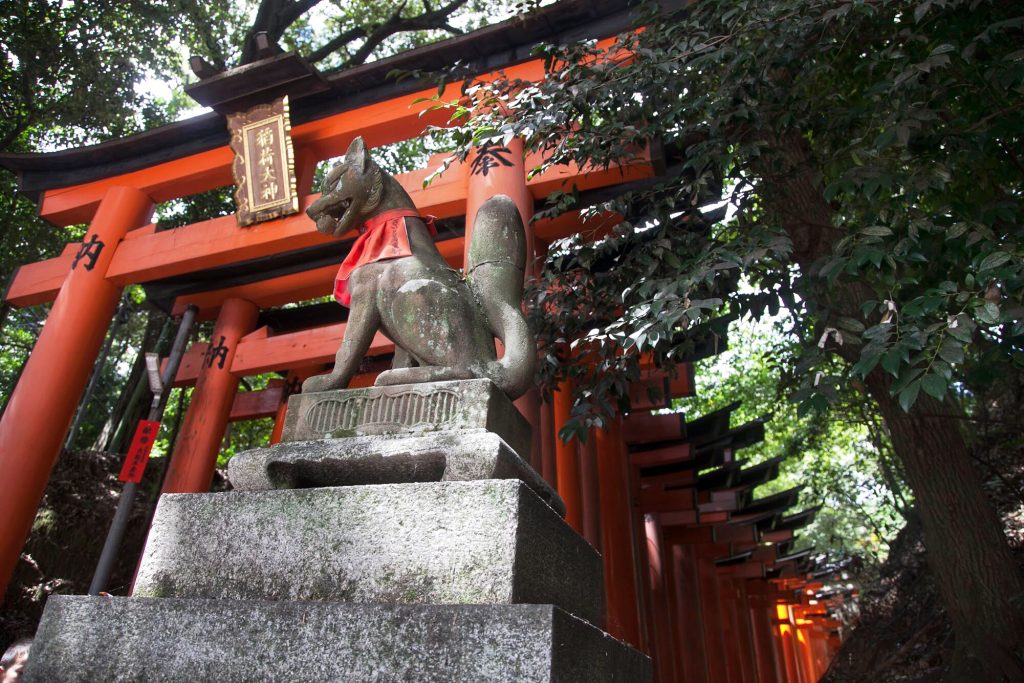
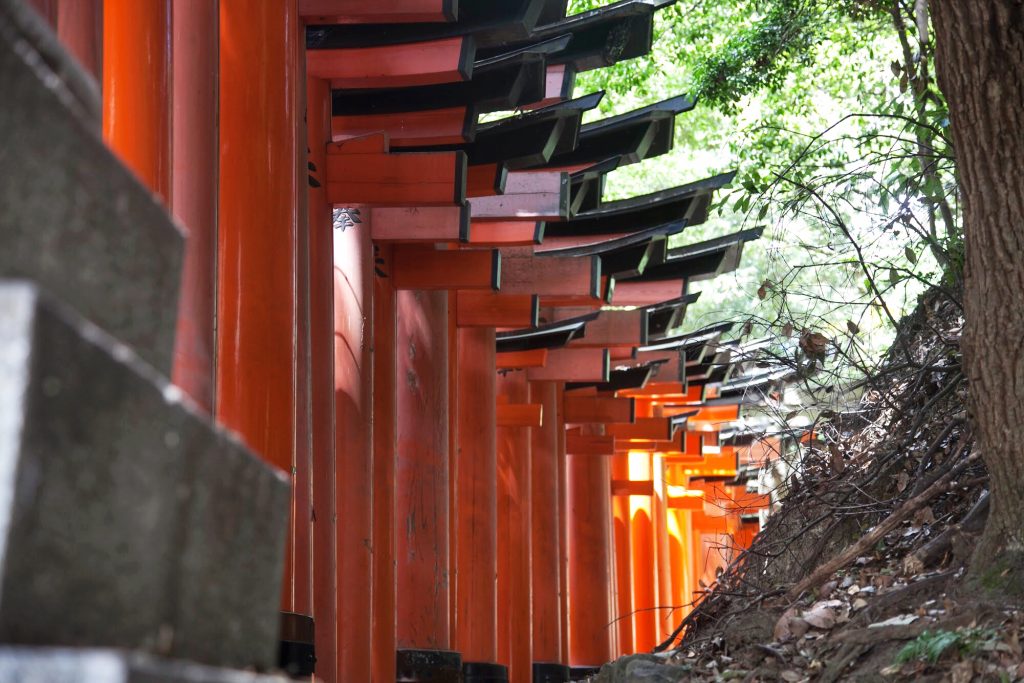
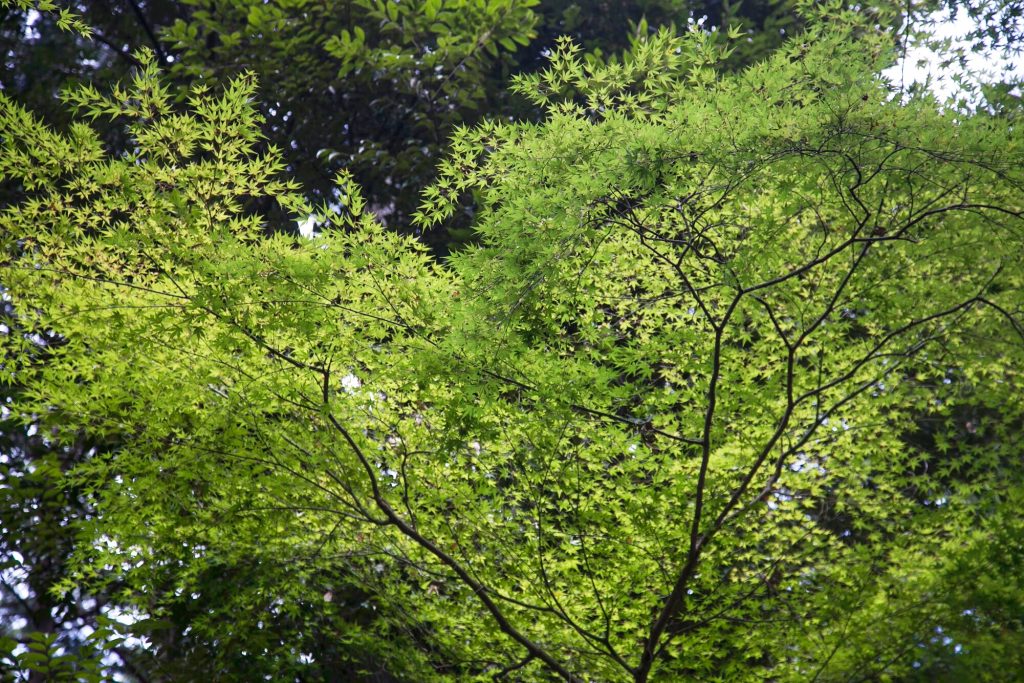
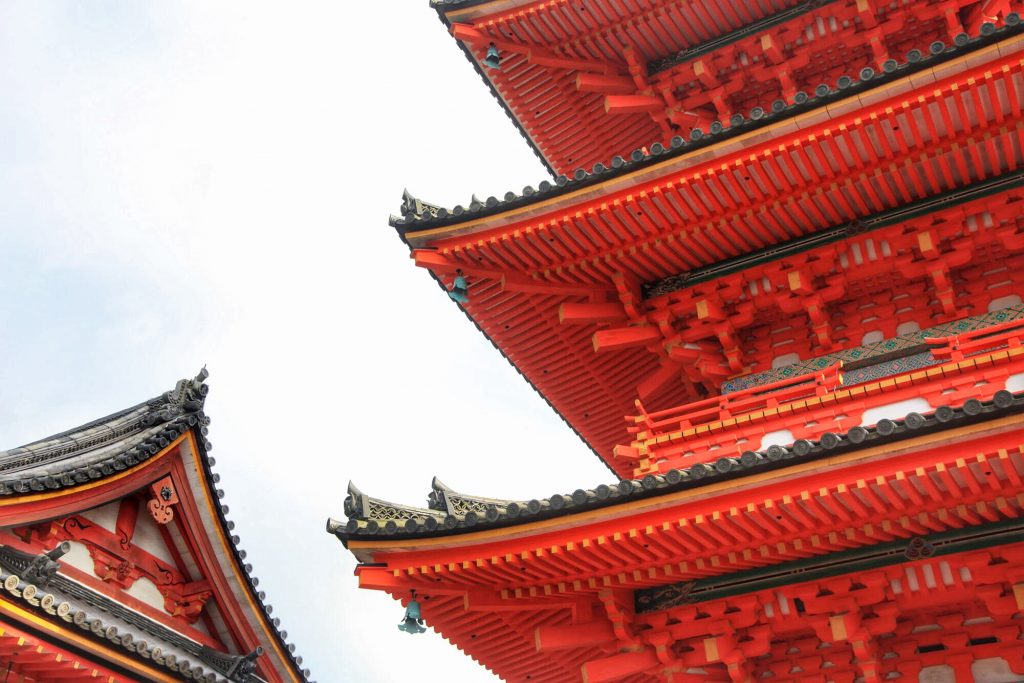

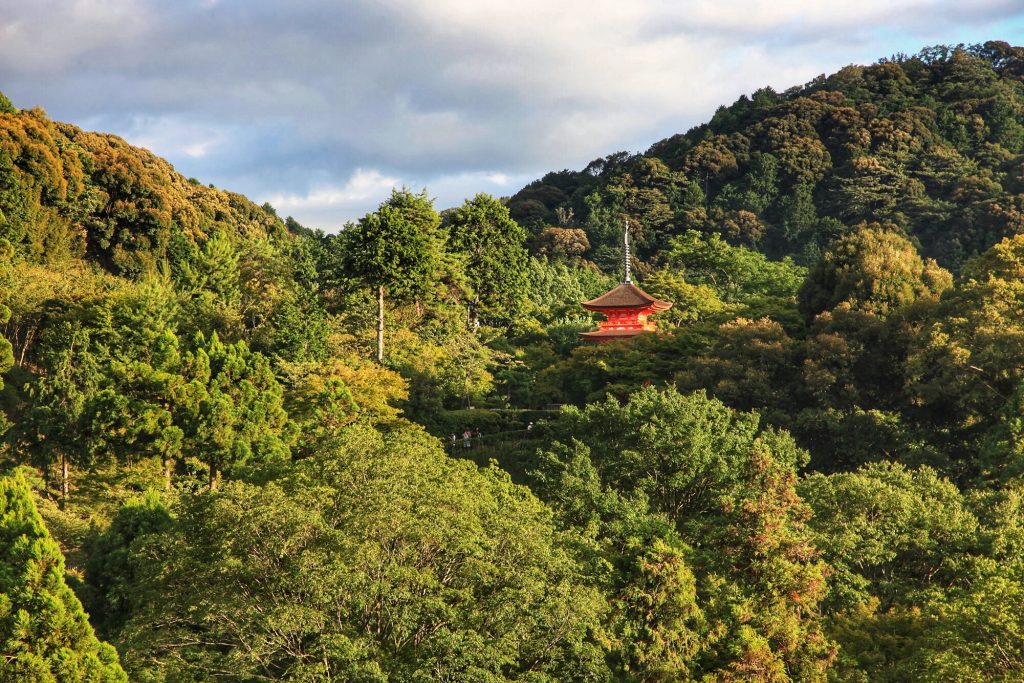
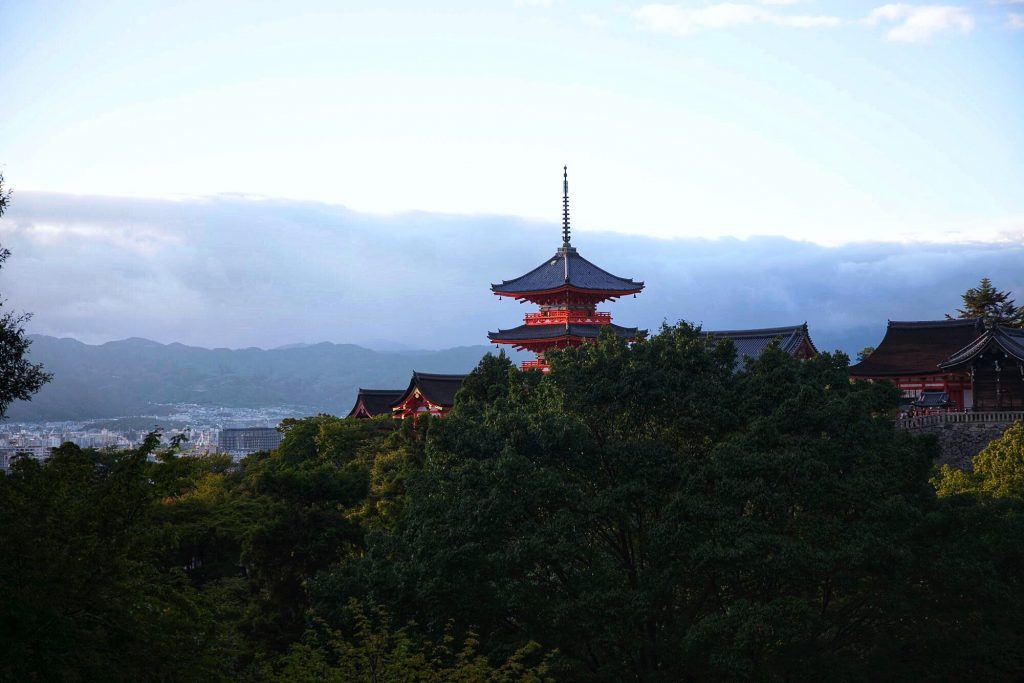

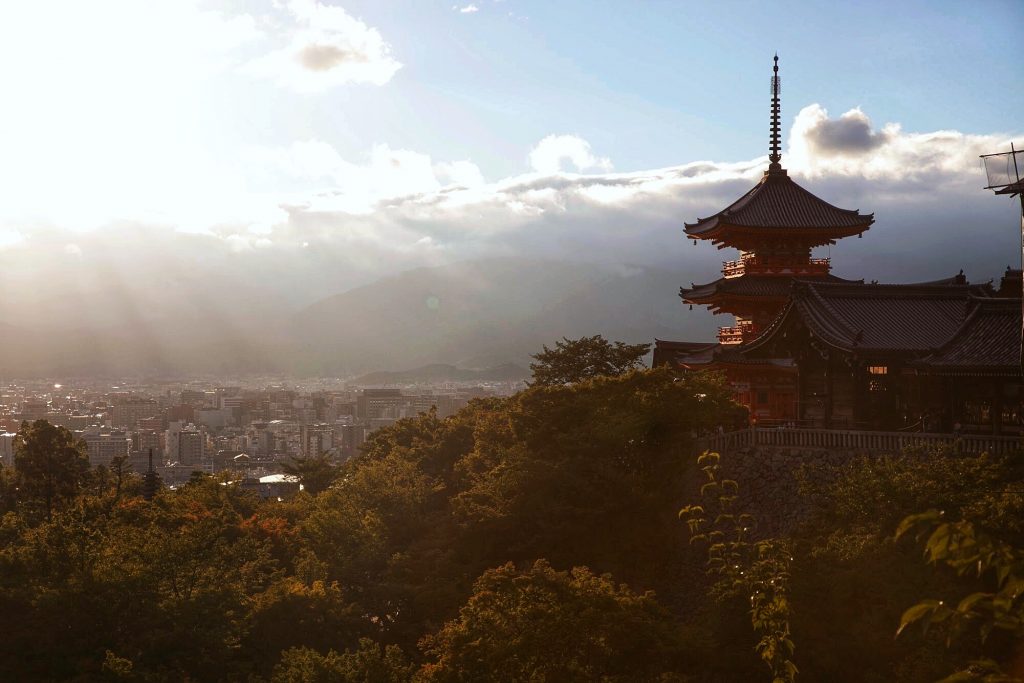
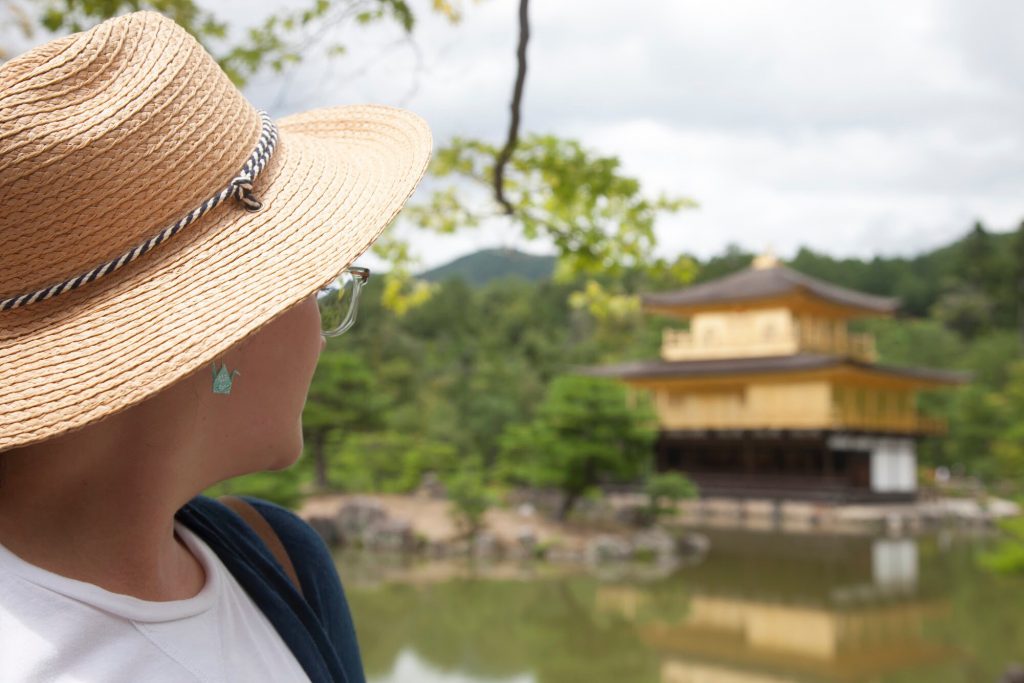
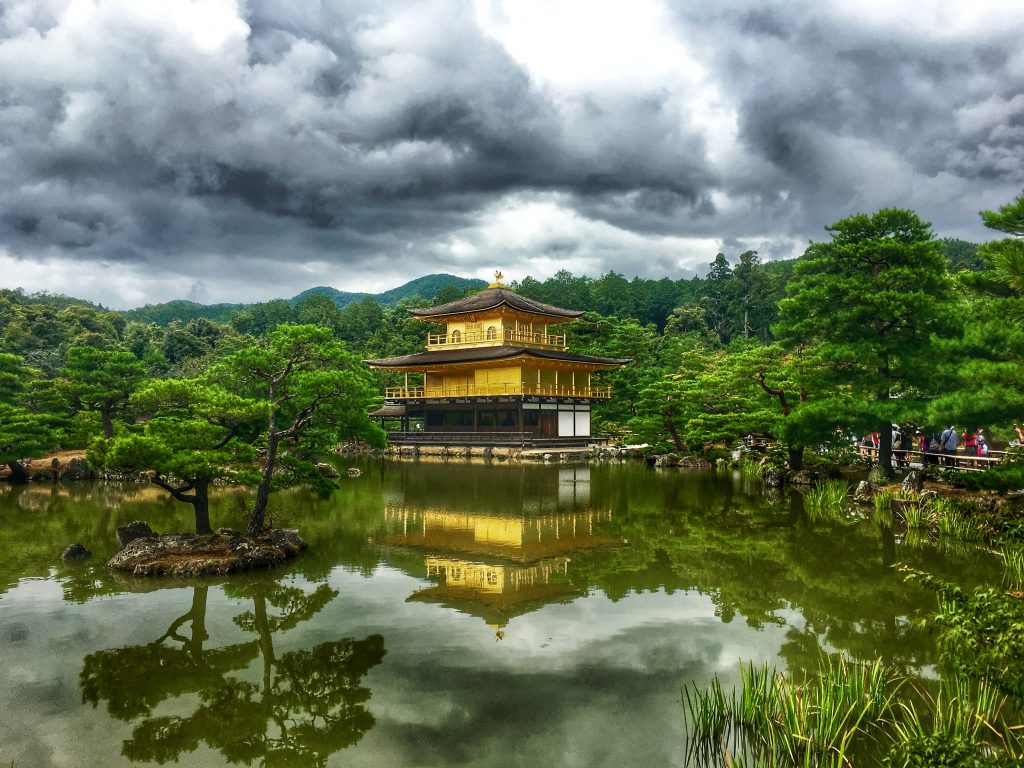

written by Kosuke Haga edited by Rebecca Hoover

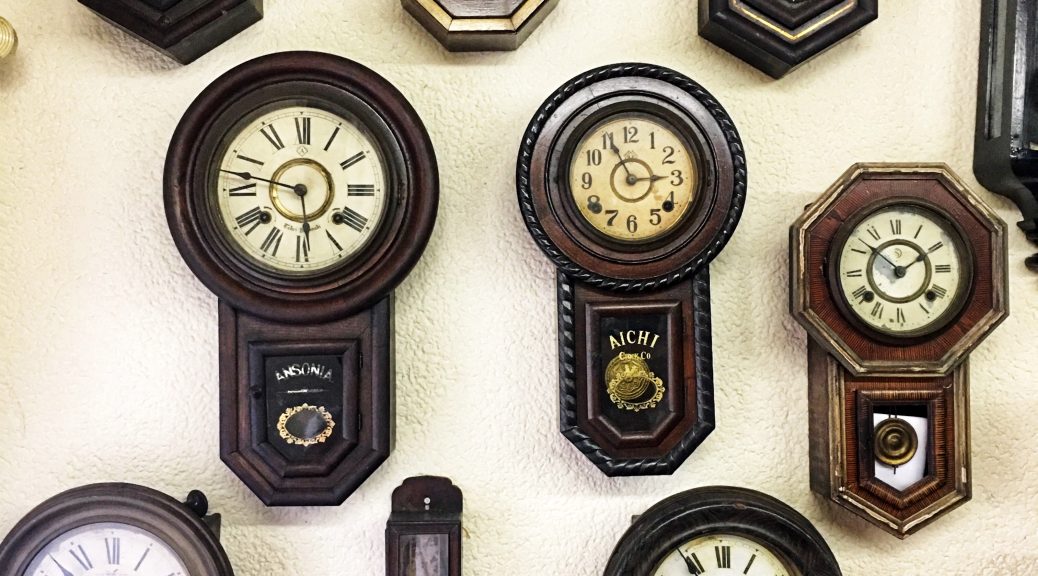
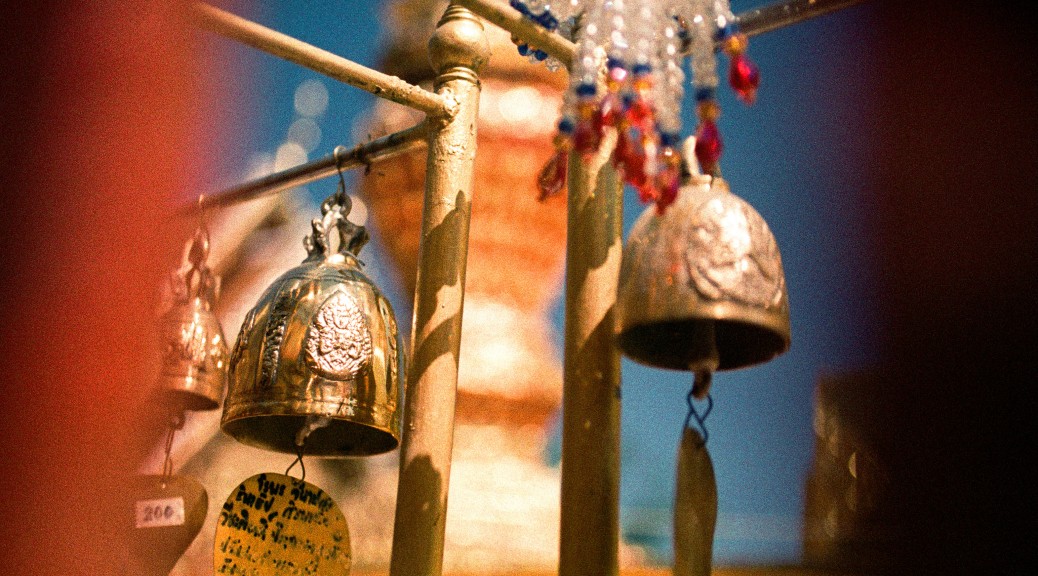
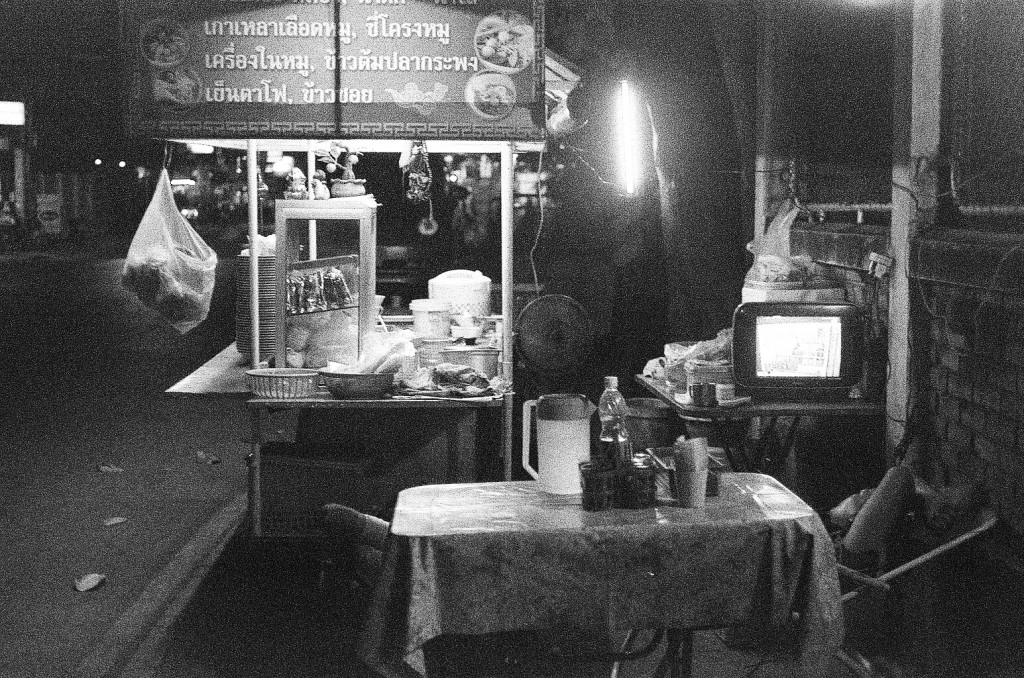

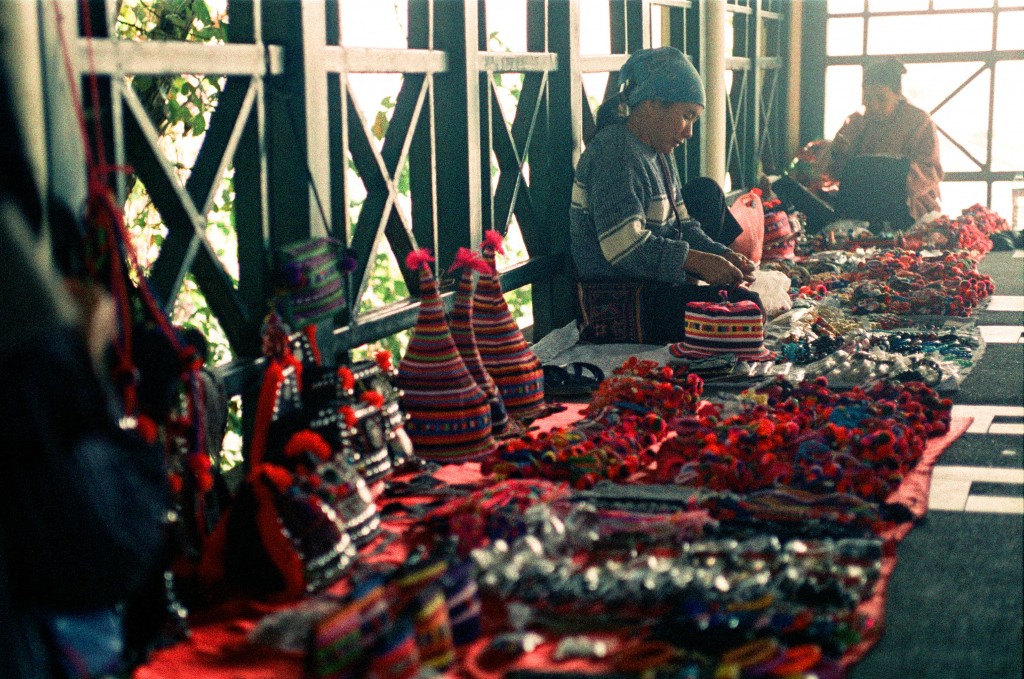
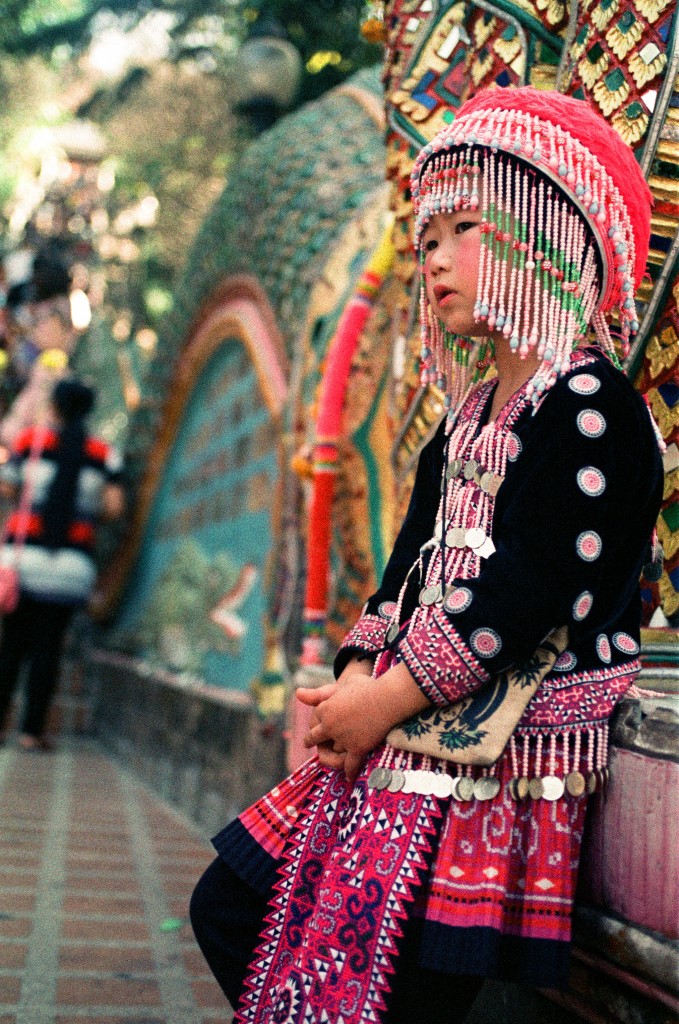 A young dancer in traditional dress waiting for her cue to perform.
A young dancer in traditional dress waiting for her cue to perform.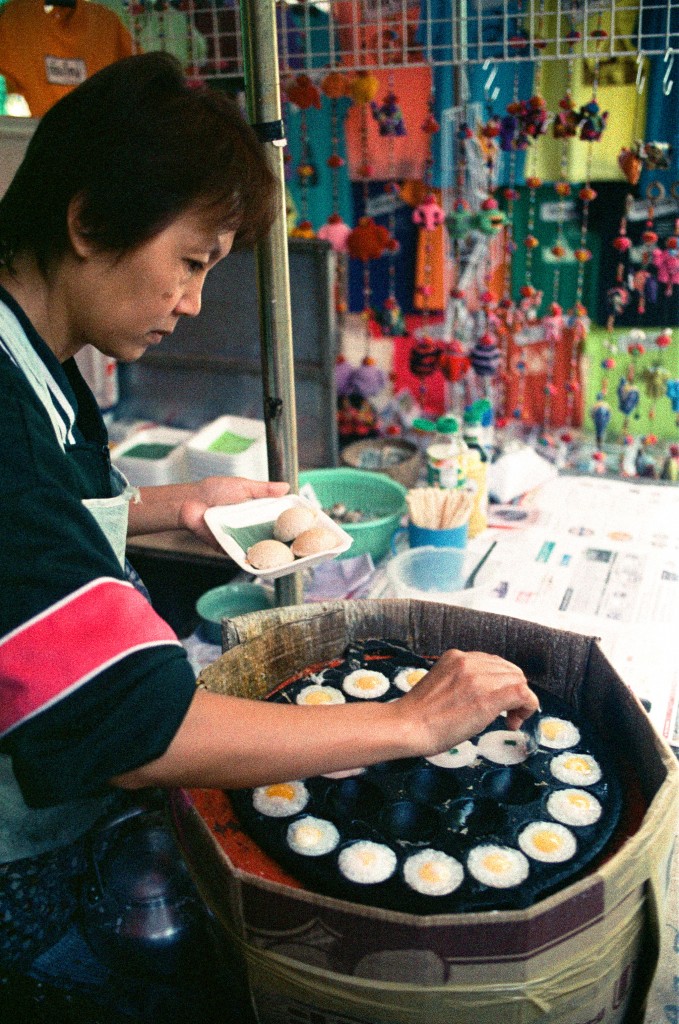 Street vendor making coconut pancake with quail eggs. Oh, man. This stuff was incredibly yummy!
Street vendor making coconut pancake with quail eggs. Oh, man. This stuff was incredibly yummy!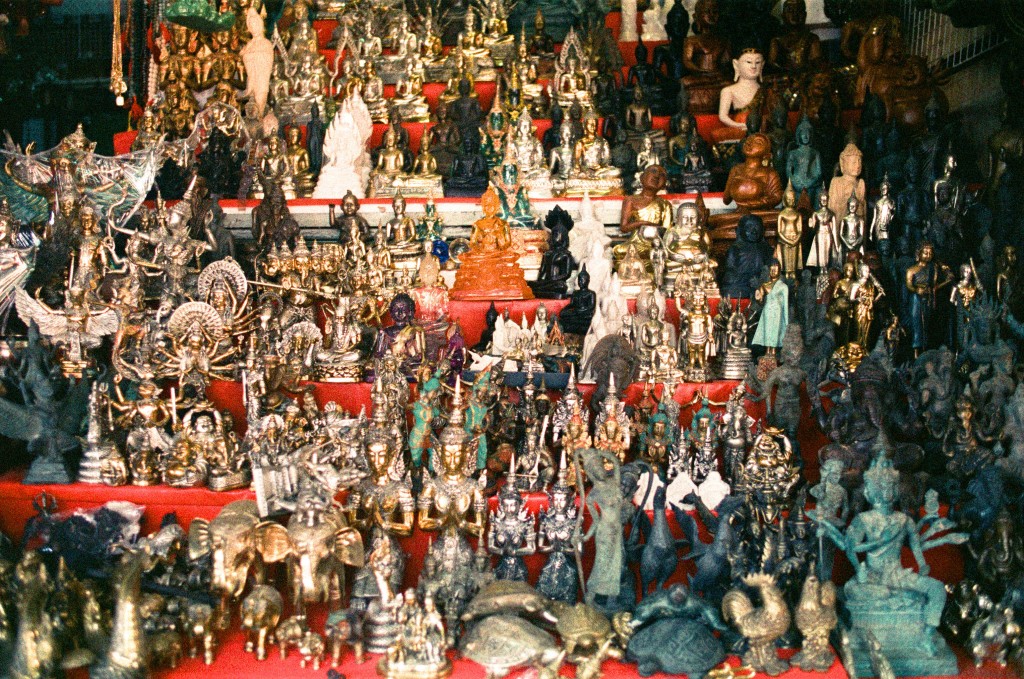 Typical sight of souvenir shops in Thailand. Many Buddhas!
Typical sight of souvenir shops in Thailand. Many Buddhas!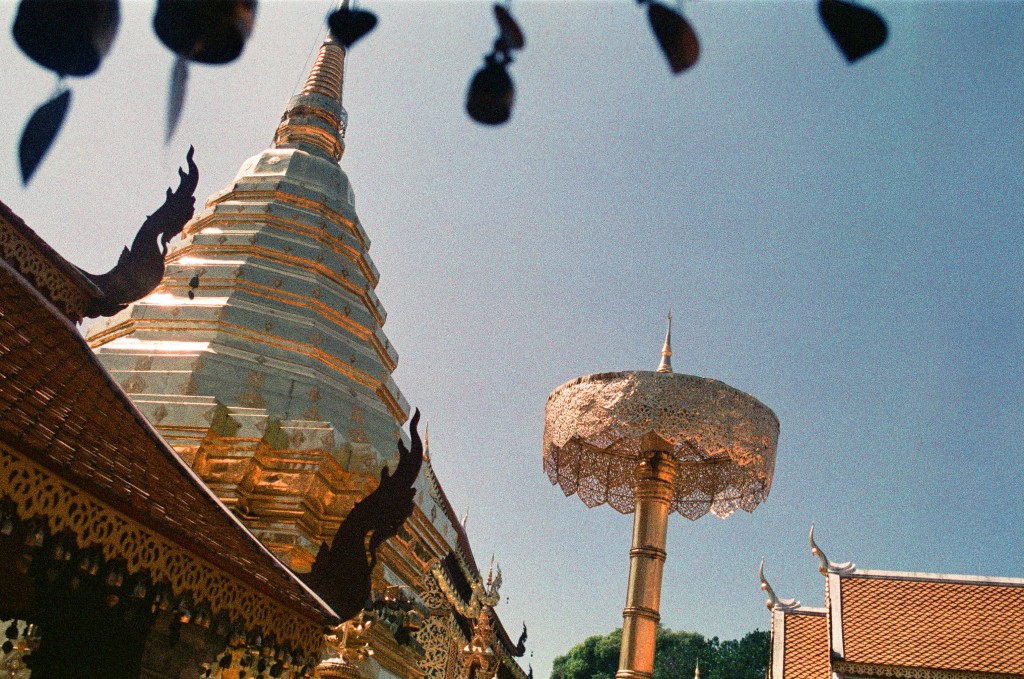 Wat Phra That Doi Suthep is temple with very conspicuous golden architectures. Here’s the first sight of the temple from the gate.
Wat Phra That Doi Suthep is temple with very conspicuous golden architectures. Here’s the first sight of the temple from the gate.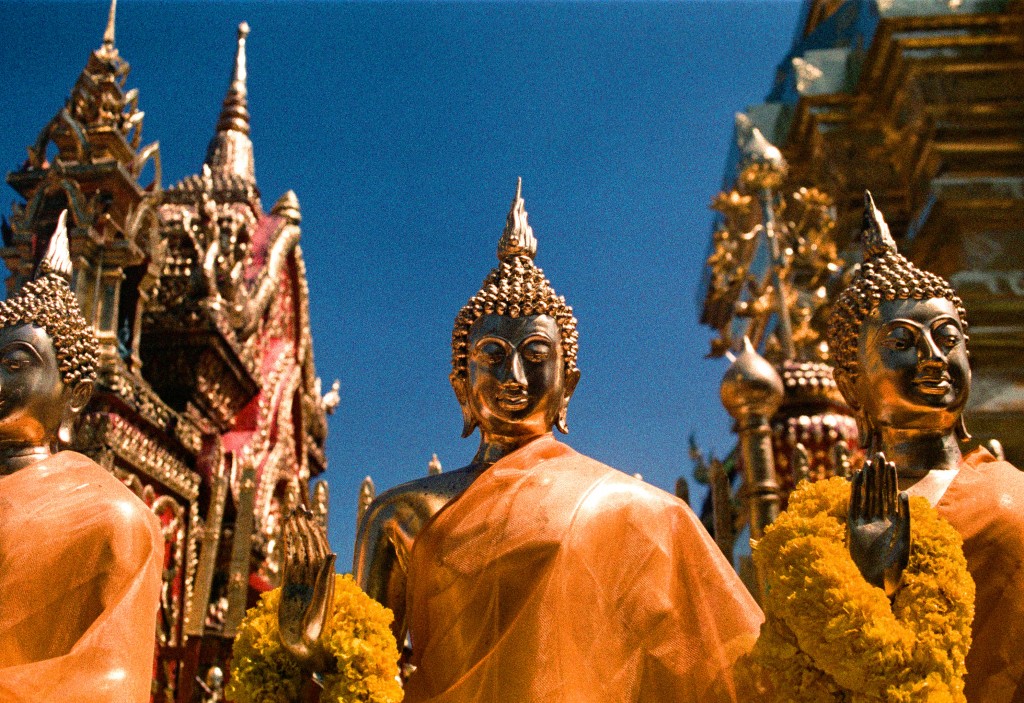 There is a pathway built around the temple structure and golden Buddhas stand by it.
There is a pathway built around the temple structure and golden Buddhas stand by it.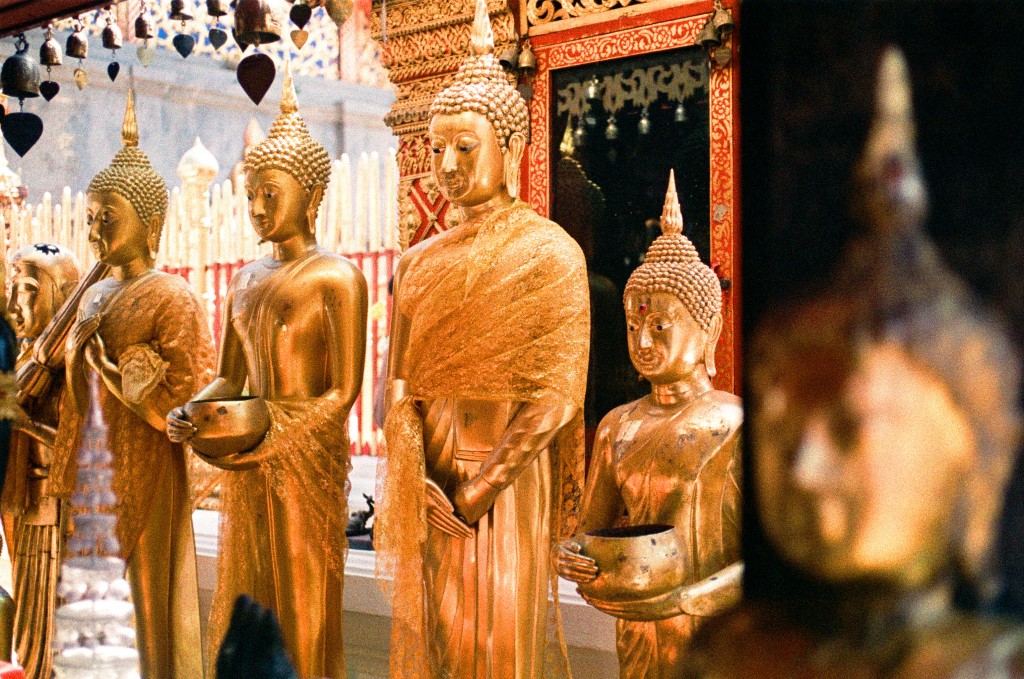
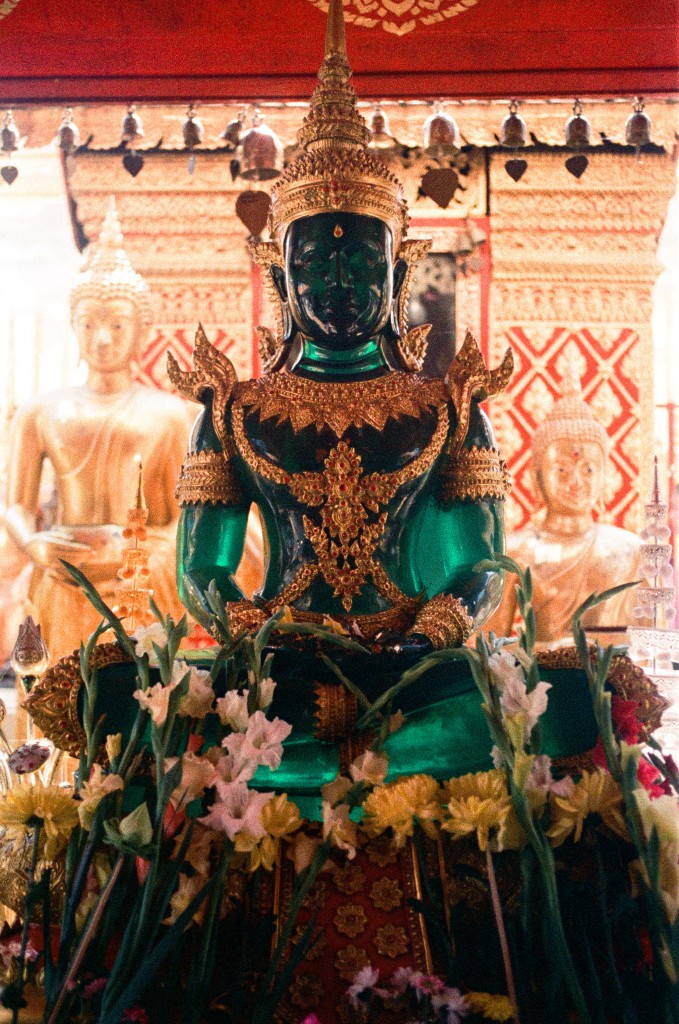 Emerald Buddha.
Emerald Buddha.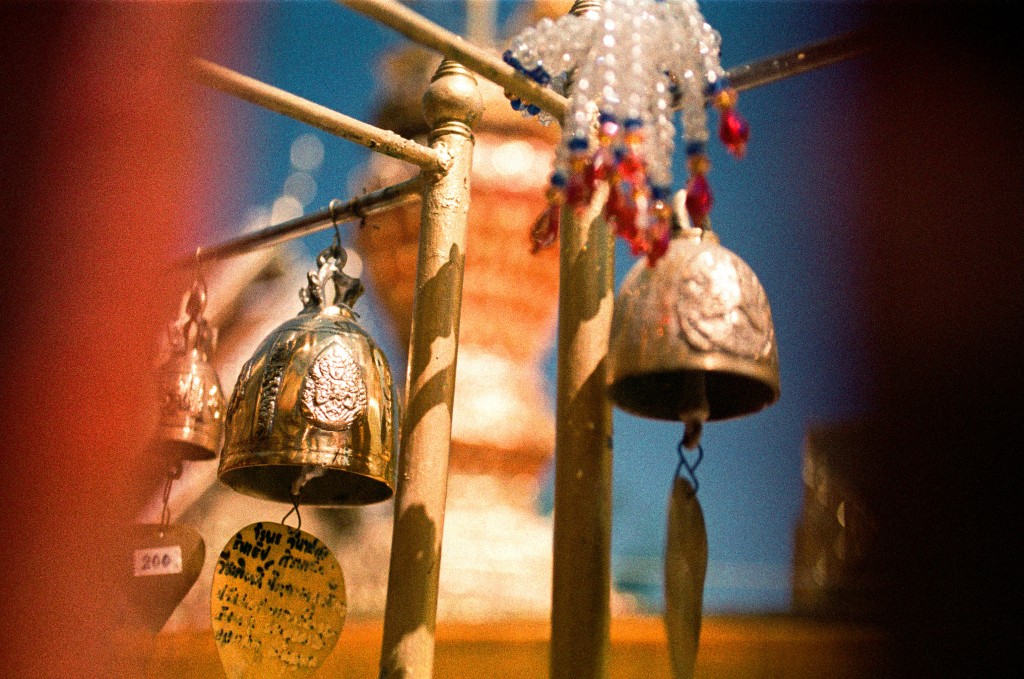 People’s prayers are written on the bells and hang high in the sky.
People’s prayers are written on the bells and hang high in the sky. Beautiful Wat Phra That Doi Suthep.
Beautiful Wat Phra That Doi Suthep.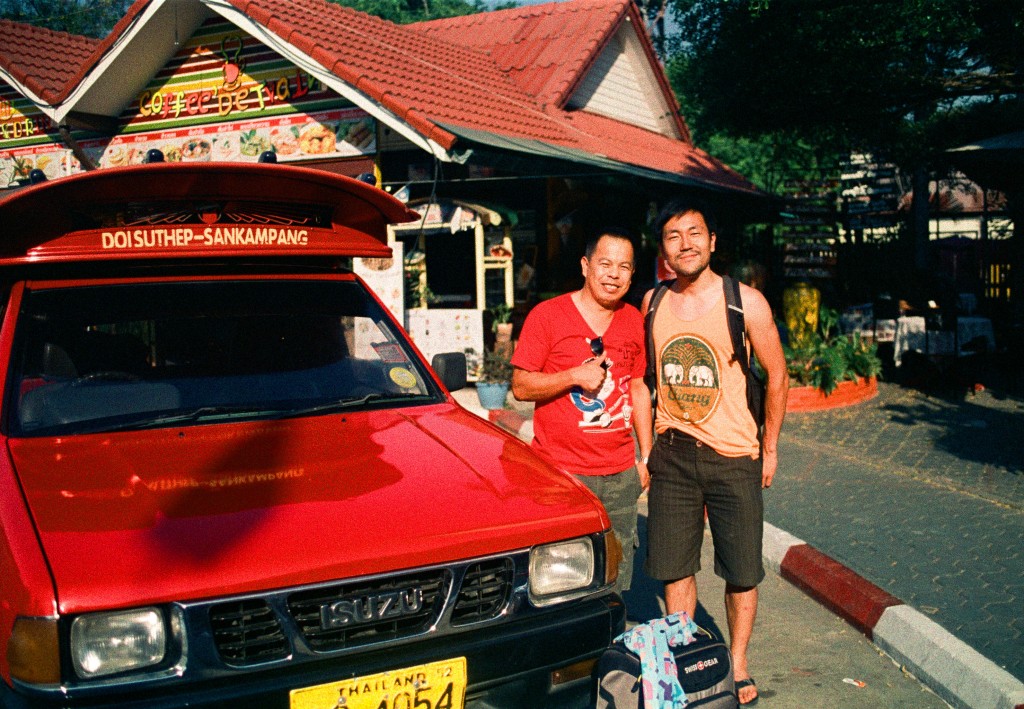 Mr. Big and me in front of Chiang Mai train station. Yeah!
Mr. Big and me in front of Chiang Mai train station. Yeah!